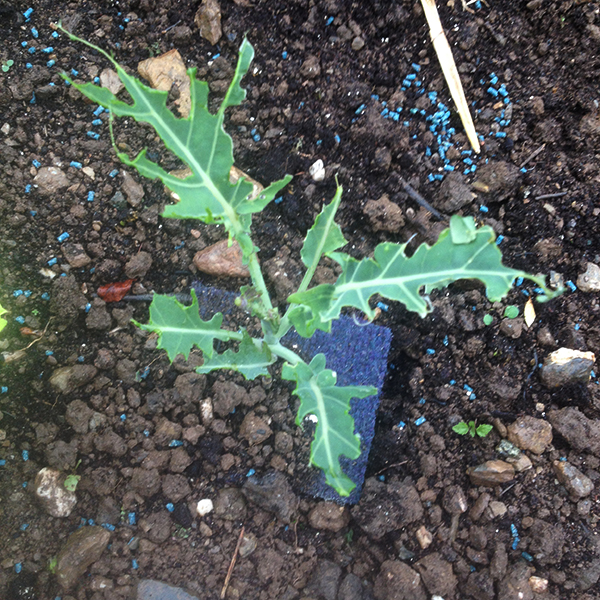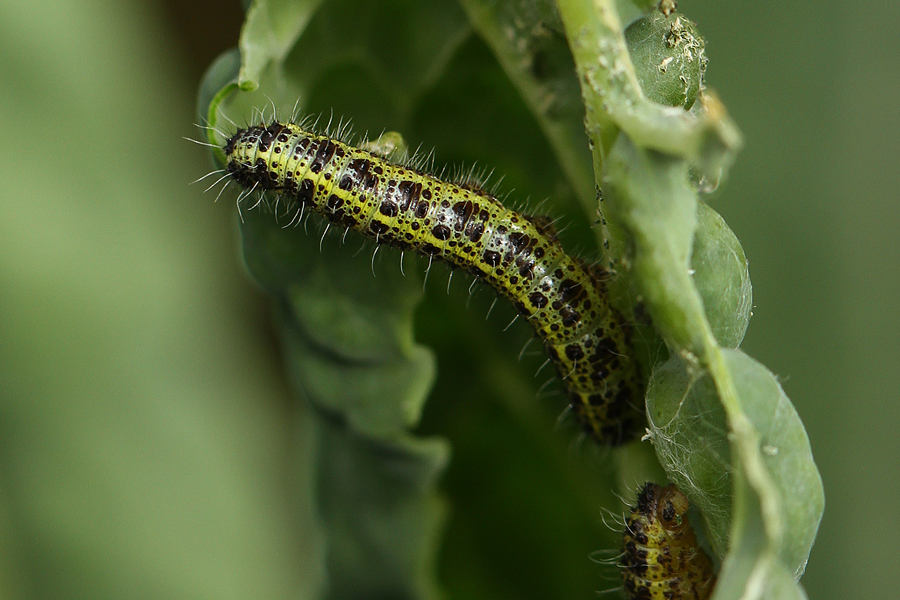Just ahead of the planting season it is a really good idea to get a few things sorted out to keep the most common pests away from your crops. This will be slightly different depending on where you live, but these are some of the more common ones to watch out for.

Slugs & Snails
Get your plot as tidy and slug-free as possible, removing as many slug-friendly hiding places as you can and keeping weeds down.
Once plants arrive, be sure to put in some protection against slugs. This could be any combination of:
- Beer traps
- Citrus fruit traps (the shells provide a good slug hiding place, and you can gather them all up at the end of the day and remove them)
- Grit and egg-shell barriers, or wool slug pellets around the base of plants
- Copper tape around pots
- Dusk slug patrol, picking off slugs/snails with a bucket and head torch
- Water in the morning rather than evening so that the soil is drier overnight & less attractive to slugs/snails

Pigeons
Wood Pigeons will very quickly eat entire rows of brassica plants and destroy a crop. If they are regular visitors to your veg garden, be sure to have some netting to protect broccoli, cauliflower, cabbages, kale and other brassicas from the offset.
The best thing to do is to build a brassica cage. This is easily done with bamboo cane, some empty jam jars and netting, or if you have some old hosepipe lying around you can build a netted hoop tunnel to protect them.
Aphids
Whitefly, greenfly, blackfly and other aphids can cause quite a lot of damage to vulnerable plants. They tend to be more of a problem at the start of the season before other predatory bugs, like ladybirds, have sprung into action.
Two of the best things you can do are to plant lots of companion plants, some of which attract predatory bugs (calendula, dill and fennel all attract ladybirds) and some of which deter aphids (like chives and marigolds) and fix something yellow and sticky in amongst vulnerable crops – an upturned bucket smeared with vaseline, for example – which will attract the aphids and keep them off your plants.

Caterpillars
The caterpillars of the cabbage white butterfly and cabbage moths can do real damage to brassicas. The butterflies lay their eggs on the leaves of cabbage, kale, broccoli, cauliflower and so on, and when they hatch the caterpillars feed on the leaves stripping them bare in just a few days. There’s a 3 step process we’d recommend:
- Cover brassicas with fine insect mesh netting – it’s easy to build a hoop tunnel or similar (see wood pigeon above)
- Plant a sacrificial crop of nasturtiums near brassicas to attract the butterflies away from your veggies.
- Check leaves regularly for eggs and baby caterpillars and wipe off any that you see.
